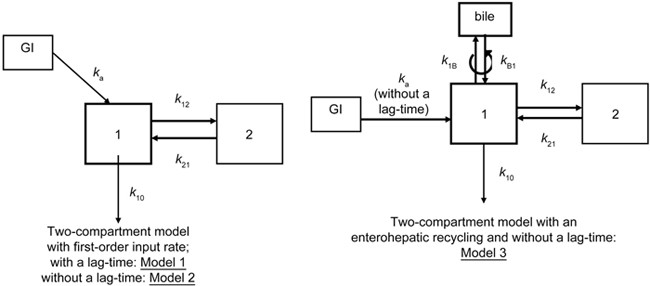
NONMEM's advantage is that it can be utilized when only a few blood samples are available from each patient, provided the overall size of the study population is large. NONMEM uses the method of extended least squares and allows for pooling of data from many individuals, but explicitly adjusts for the correlation of data obtained from each individual.

Sheiner et al (J Pharmacokin Biopharm 5:445,1977) developed a computer program, NONMEM, to estimate population pharmacokinetic parameters from data generated during routine clinical care of patients. As a result, data from adult patients or volunteers are often erroneously extrapolated for pediatric use.

These studies generally require careful and extensive sampling of blood from subjects to determine pharmacokinetic parameters, making them less useful and less feasible in pediatric practice. Traditional pharmacokinetic studies provide valuable information for optimizing the clinical use of pharmacologic agents.


 0 kommentar(er)
0 kommentar(er)
